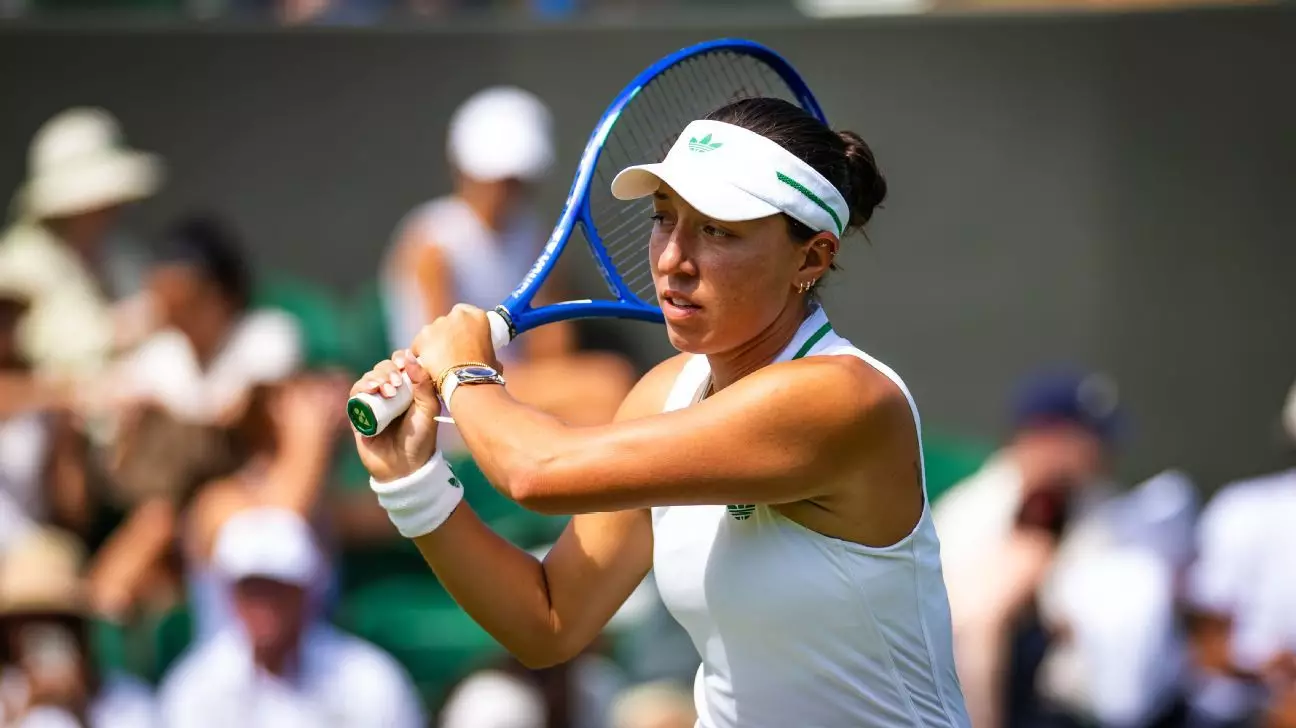The recent upheavals in the US Open’s mixed doubles competition expose a sport in flux, challenging the traditional notions of preparation and partnership stability. With key players like Jessica Pegula and Jack Draper stepping into new partnerships on short notice, the event reveals a raw, unpolished competitive spirit. These last-minute changes, prompted by withdrawals, serve as a powerful reminder that resilience and adaptability often outweigh pre-planned strategies in high-stakes tournaments. Pegula’s shift from her original partner Tommy Paul to teaming up with Draper not only injects fresh energy but also underscores the importance of seizing opportunities amid chaos. The tournament’s design, which favors top singles players taking center stage, amplifies this unpredictability but also opens a window for underdog stories to flourish.
The Flawed Glory of a Shortened Format
While innovation in tournament structure often aims to modernize the sport, critics argue that the new two-day mixed doubles event undermines tradition and the depth of competition. The compacted schedule heavily favors players with high singles rankings, risking a dilution of the event’s historical prestige. Defending champions Sara Errani and Andrea Vavassori, awarded wild cards, openly criticized this shift, hinting that the new format may prioritize star power over genuine artistry and teamwork. The shortened timeframe squeezes out opportunities for meaningful partnerships to develop and for lesser-known players to shine, turning the event into a spectacle dominated by a handful of elite singles stars. This approach may boost viewership temporarily but threatens to erode the historical significance and competitive integrity of the event.
Star Power and Its Paradoxical Impact
The extensive entry list, featuring tennis giants like Novak Djokovic, Carlos Alcaraz, and Venus Williams, demonstrates a strategic move to enhance excitement through star names. Yet, this influx of premier singles athletes into the doubles landscape isn’t solely beneficial; it conjures a paradox. While their presence raises the event’s profile, it also risks overshadowing talented doubles specialists who thrive in deeper, more collaborative formats. The pairing of high-profile players with less experienced partners creates a spectacle that can feel more like a showcase than a serious competition. This dynamic fosters a divide between traditional doubles enthusiasts and the casual viewer seeking star-licked entertainment, potentially diluting the sport’s rich history of specialized doubles artistry.
Resilience as the True Power at the US Open
What emerges from these upheavals is a testament to the resilience of players and organizers alike. The last-minute reshuffles, wild card entries, and innovative formats highlight that in tennis, adaptability can be more critical than flawless planning. Jessica Pegula and Jack Draper’s opportunistic pairing exemplify this mindset, reminding us that the essence of sport isn’t solely about perfect preparation; it is about responding dynamically to challenges. As the tournament progresses, the real stories will be rooted in those who can navigate the chaos, seize fleeting moments, and demonstrate grit under pressure. This resilience might just be the most compelling narrative of this year’s US Open, fueling hope that unpredictability can lead to extraordinary achievements.


Leave a Reply